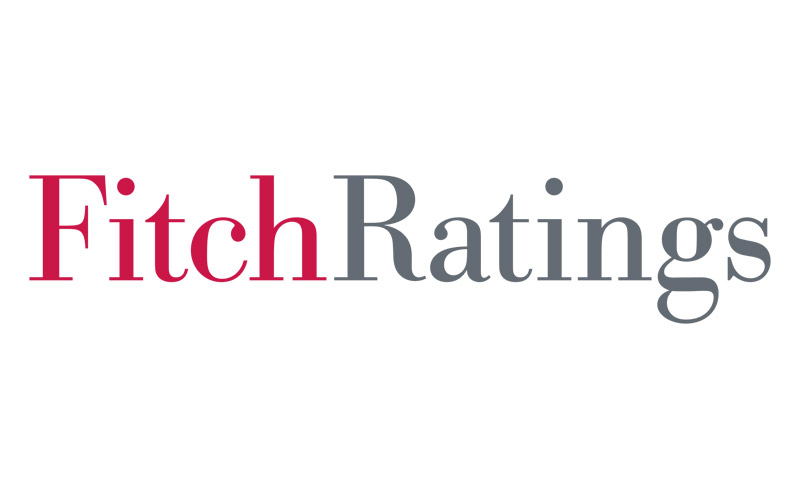March, 30, 2023

Fitch Ratings-London: There have been 14 separate default events since 2020, across nine different sovereigns, a marked increase compared with 19 defaults across 13 different countries between 2000 and 2019, says Fitch Ratings in a new report. A record five Fitch-rated sovereigns are in default: Belarus, Lebanon, Ghana, Sri Lanka and Zambia
Moreover, Fitch rates eight sovereigns at ‘CCC+’ or below, and a further nine at ‘B-’. The average cumulative five-year default rate between 1995 and 2021 for sovereigns rated ‘C’ to ‘CCC+’ by Fitch was 40.6%.
The median general government debt/GDP ratio of Fitch-rated sovereigns rose steadily from 31% in 2008 to 48% pre-Covid-19 pandemic, facilitated by frontier markets’ easier access to the Eurobond market and borrowing from China.
Against this backdrop, frontier markets with limited buffers were poorly placed to cope with the severe shocks from the pandemic and the impact of Russia’s invasion of Ukraine on food and energy prices, global inflation and the subsequent abrupt tightening in monetary policy.
On average, sovereign defaults in 2020-2022 are taking longer to resolve, albeit they constitute a limited sample size. The median duration of defaults for Fitch-rated sovereigns since 2020 is 107 days (and five are uncured) compared with 35 days for all defaults since 2000. Slow restructurings do not serve the interests of either debtors or creditors, and add to the cost of financing.
The Common Framework was intended to facilitate creditor coordination but, so far, is not proving effective in resolving crises quickly. Widespread reports indicate that a key reason for delays is weak coordination among Chinese stakeholders, and China’s demands that multilateral debt is included in debt restructuring and that there are no haircuts, just maturity reprofiling.